The telecom industry is rapidly evolving in a never-ending war against spam and scam calls. Unfortunately, in this war, there are cases where friends can be labeled foe, which causes issues. Many vendors have their own proprietary system to track and report a source number as problematic. These are internal databases where other vendors cannot view and confirm if a number has been labeled as problematic.
Common Issues:
End-users may notice the following symptoms:
Inbound call from a PrimeCall DID will appear with the Caller ID name of:
o SCAM LIKELY
o SPAM
o TELEMARKETER
Failed calls due to the above names
How to Rectify:
As noted in the introduction of this article, there isn’t a simple way to check if a DID has been labeled as Scam Likely. Each vendor has their own way for an end-user to report their issue. Below is a listing of the vendors and how to report a problem:
AT&T:
AT&T uses HiYa to track reports of numbers being problematic. Below is a link to submit a request to have a DID
entry corrected:
https://hiyahelp.zendesk.com/hc/en-us/requests/new?ticket_form_id=824667
T-Mobile:
T-Mobile has its own portal for customers to report an issue with how a DID is being displayed. Below is their
link:
https://callreporting.t-mobile.com/
Verizon:
Verizon has its own portal for reporting issues with DIDs:
https://voicespamfeedback.com/vsf/
Other Services:
During our investigation of these reports, we have found a few other things we would like customers to be aware of with these types of issues.
Samsung Phone Users:
Users who own a newer Samsung phone may have noticed Caller ID information being provided on inbound calls even though
you are not paying for the service with your cell phone vendor. The Samsung phone has a Smart Call system that pulls this data from HiYa. You can use the link below to submit a request for HiYa to correct their entry:
https://hiyahelp.zendesk.com/hc/en-us/requests/new?ticket_form_id=824667
Call Transparency:
If you checked the URL provided for T-Mobile entry on this article, you would see they note creating an account with http://calltransparency.com
if you are a business. It may be a good idea for a customer with many DIDs to create an account with http://calltransparency.com , as this may be beneficial.
https://calltransparency.com/
Free Caller Registry:
Free Caller Registry reports they work with other providers to provide information on DIDs. So using this portal for reporting and whitelisting your DIDs may correct issues on several term vendors. The URL for this service can be found below:
https://www.freecallerregistry.com/fcr/
FAQ:
Can PrimeCall submit a request to these vendors to remove the wrong label?
Unfortunately not. In the case of submitting these requests, they must be done by the end-user of the DID. The form may ask what the end-user’s intent is for the DID. PrimeCall would be unable to verify this information.
How long does it take for a vendor to remove the incorrect labeling?
Unfortunately, we cannot advise as each vendor has its own process.
Is there any way to know if a DID has been labeled?
Unfortunately, no, there isn’t a national database to verify if a DID is clean or if it has been labeled as being problematic, which vendor has that listing. There are many independent/third-party “scam likely” databases.
Can I buy clean DIDs?
We acquire new DIDs based on the Rate Center. We do not know if the DIDs are brand new or previously used on the vendor’s network. However, these DIDs have been properly aged reducing the chance of being marked problematic. Unfortunately, we cannot guarantee the
numbers will be clean on all term vendor’s proprietary databases as we cannot check to verify.

